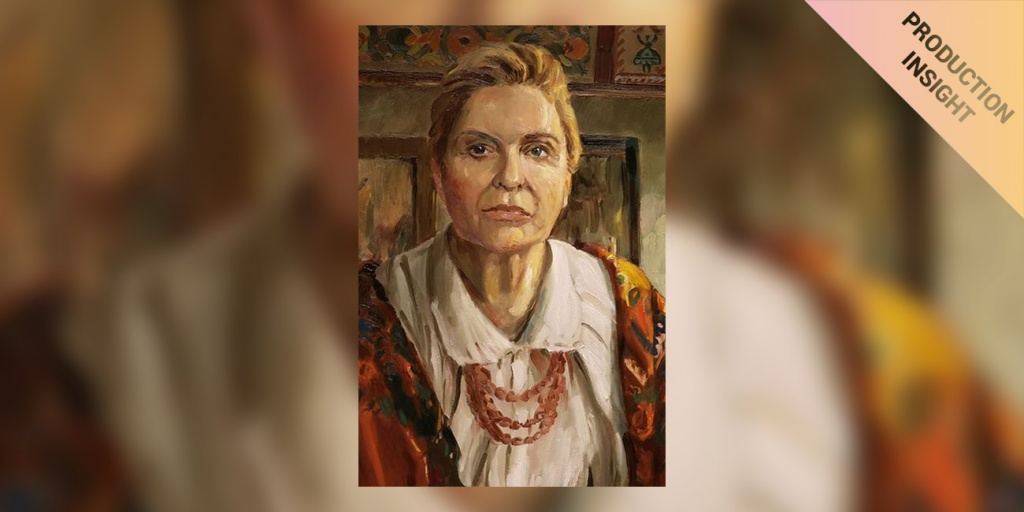A Movie Like a Painting: DIT Krzysztof Wlodarczyk Talks About “The Peasants” 26 min read

Krzysztof Wlodarczyk was DIT on an exciting film project recently. The Peasants is a movie whose creative approach was inspired by the painting style of the arts and crafts movement Young Poland. Even before the elaborate re-coloring process took place, this production was already characterized by complex, technological workflows. Krzysztof was responsible for color grading and data management on set. In the following interview, he explains how ShotHub helped him complement his work with Silverstack and Livegrade, and why working on The Peasants was a challenge that he enjoyed and drew motivation from.








